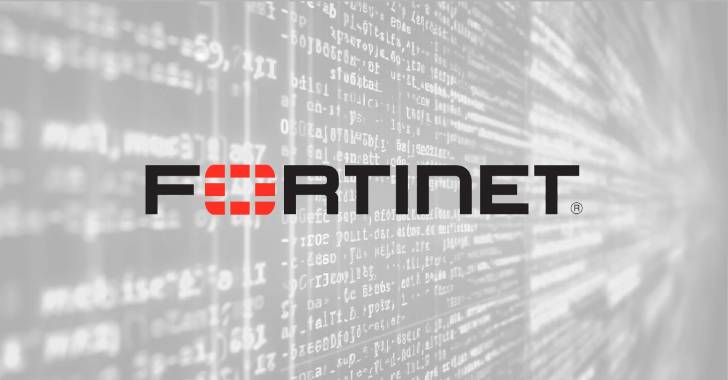Fortinet Warns Attackers Retain FortiGate Access Post-Patching via SSL-VPN Symlink Exploit
Fortinet has revealed that threat actors have found a way to maintain read-only access to vulnerable FortiGate devices even after the initial access vector used to breach the devices was patched. The attackers are believed to have leveraged known and




















